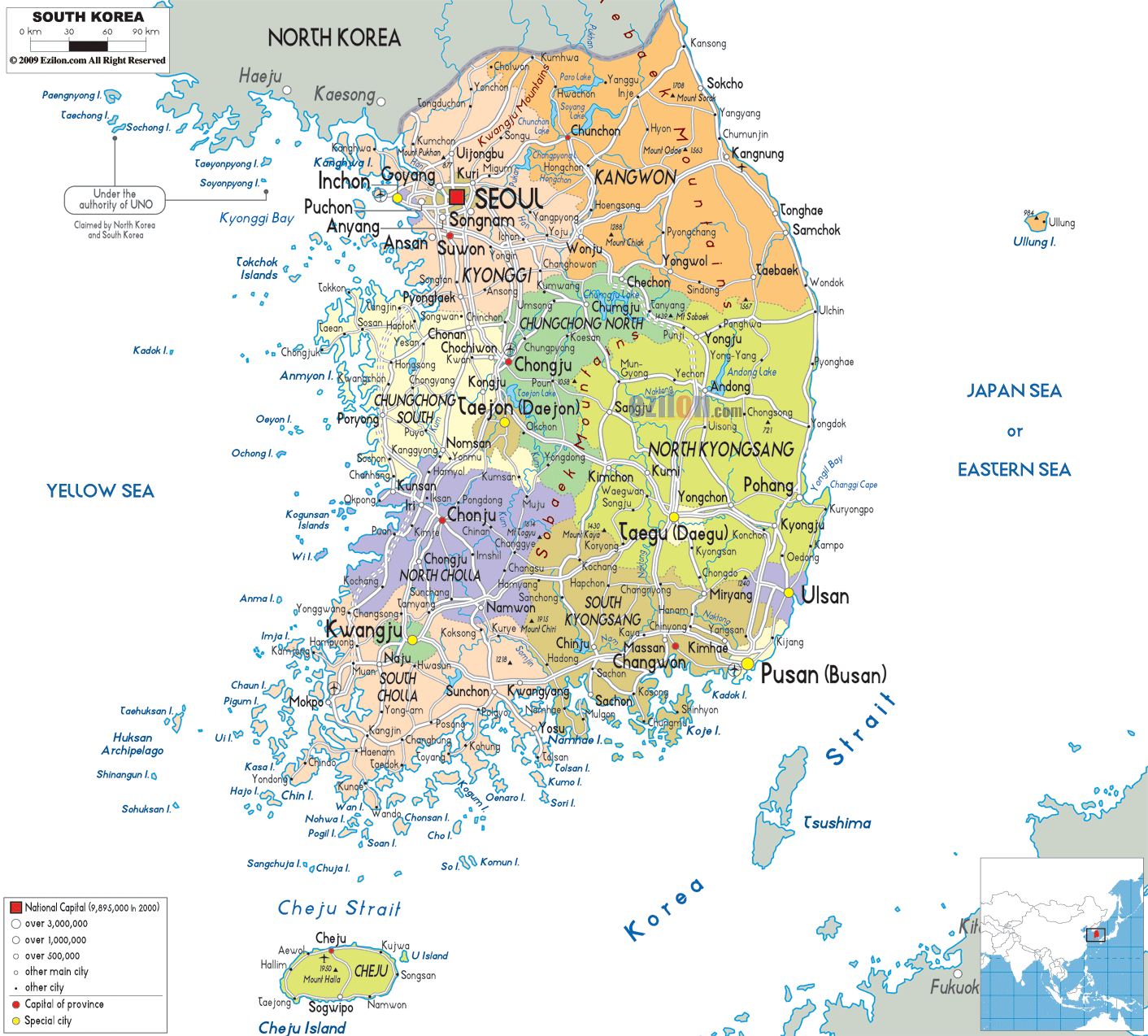The KTX train casually proceeded to its route, with the passengers not yet aware of the of the outbreak occurring in Seoul. They were also unaware of the infected woman in the train. Seoul was overrun by that time the train left, and so were the cities of Songnam, Anyang, Puchon, Goyang, and the towns around it. It spread too fast since people were attacked as they went to work, since most were unaware of the outbreak in Seoul the day before. Incheon security forces, backed by the ROK Army, did what they can to fight, but were overrun in 2 hours due to the amount of infected. President Park and the cabinet were evacuated to the port city of Busan just as the Blue House fell to the infected, establishing a temporary capital there. By mid-day, all of the Kyonggi Province was lost to the infected, just as reports of the outbreak had reached Chungchung North and Chungchung South. In the city of Chongju, the South Korean military fortified the airport there, as it would establish a critical supply line to defenders of the Chungchung South Province especially the major city of Taejon. In the streets, only a few K1 tanks, old Soviet-era vehicles (given by Russian in the 1990s), and armored personnel carriers dotten the roads leading to Taejon. However, due to the nature of the virus, it was expected that resistance would be light. By 1 pm, the infected reached Taejon and a massive firefight occurs between the police, soldiers, and the infected.
The infected woman in the lone KTX train turned into one of the infected and attacked the passengers nearby, spreading the virus there. The completely unaware passengers turned and then turned more into their fellow brethren. Luckily, since the infected were at the rear portions of the train, the passengers at the front were successful able to seal them in the rear portions of the train. They were now fully aware of the situation, supplemented by news reports from the train's TV as well as the passengers' mobile phones showing videos of the infected attacking people in the cities. Often times, they passed by train stops to see innocent people begging for their lives to ride the train, only to get mauled by the infected. The conductor of the train then announces on the intercom that the train will be rerouted to Taejon, not aware that the army was desperately holding the city.
Meanwhile, U.S. Forces Korea were finally involved when their military bases around Seoul were attacked by the infected, causing heavy casaulties to the American forces stationed in the peninsula. Camp Casey, Dodge, and Red Cloud were overrun, forcing the U.S. Army soldiers that failed to evacuate into UH-60 Black Hawks to consolidate into individual buildings rather than retaking the base. However, other U.S. Army bases such as the Yongsan Garrison and other were fortified with makeshift walls, landmines, barbed wire, and buses. M2 Bradleys and M1 Abrams tanks provided support, whilst snipers and machine gun nests were set up. Further south, planes of USAF coming from Osan Air Base began air-dropping supplies to remaining U.S. Army bases in the seas of the infected zones whilst Army base of Camp Humphreys began assisting South Korean forces in the evacuation as well as fighting the infected.
Just hours before, international media like CNN, MSNBC, CBS, ABC, and BBC recieved footage of the infected and were broadcasting it worldwide. And the whole world tuned in to the media frenzy in South Korea.
The White House, the Pentagon, and the State Department issued statements regarding the situation in South Korea by 11PM EST (July 20, 2016). U.S. President Barack Obama appeared in front of the the White House Press Briefing Room informing the nation of an outbreak of an unknown virus in South Korea. General Vincent K. Brooks, commander of the USFK, reported this to the Pentagon. He was given orders by the Ash Carter, Secretary of Defense, to do what they can in assisting the South Korean forces while also observing the situation in the Joint-Security Area of the DMZ of "suspicious activity" by North Korean agents. President Obama assured the American public that the virus would not reach the United States and that the U.S. will assist South Korea in this crisis while also issuing a warning to North Korea that any sign of invasion would be dealt with U.S. military retaliation. Lastly, President Obama said that the country is coordinating with the Centers for Disease Control (CDC) and World Health Organization (WHO) in trying to find a vaccine for the virus while the State Department tries to account for the safety of American citizens in South Korea. A sigh of good news for the Obama administration is that the U.S. Embassy staff in Seoul were successfully evacuated by U.S. Army and Air Force helicopters to the fortified city of Busan, which prevented another Benghazi.
But as the 2016 elections are coming up, both DNC and GOP candidates would obviously try to use the situation in South Korea to their advantage...
Back to South Korea, the KTX train continues on to its journey to Taejon, where it was last reported safe.


